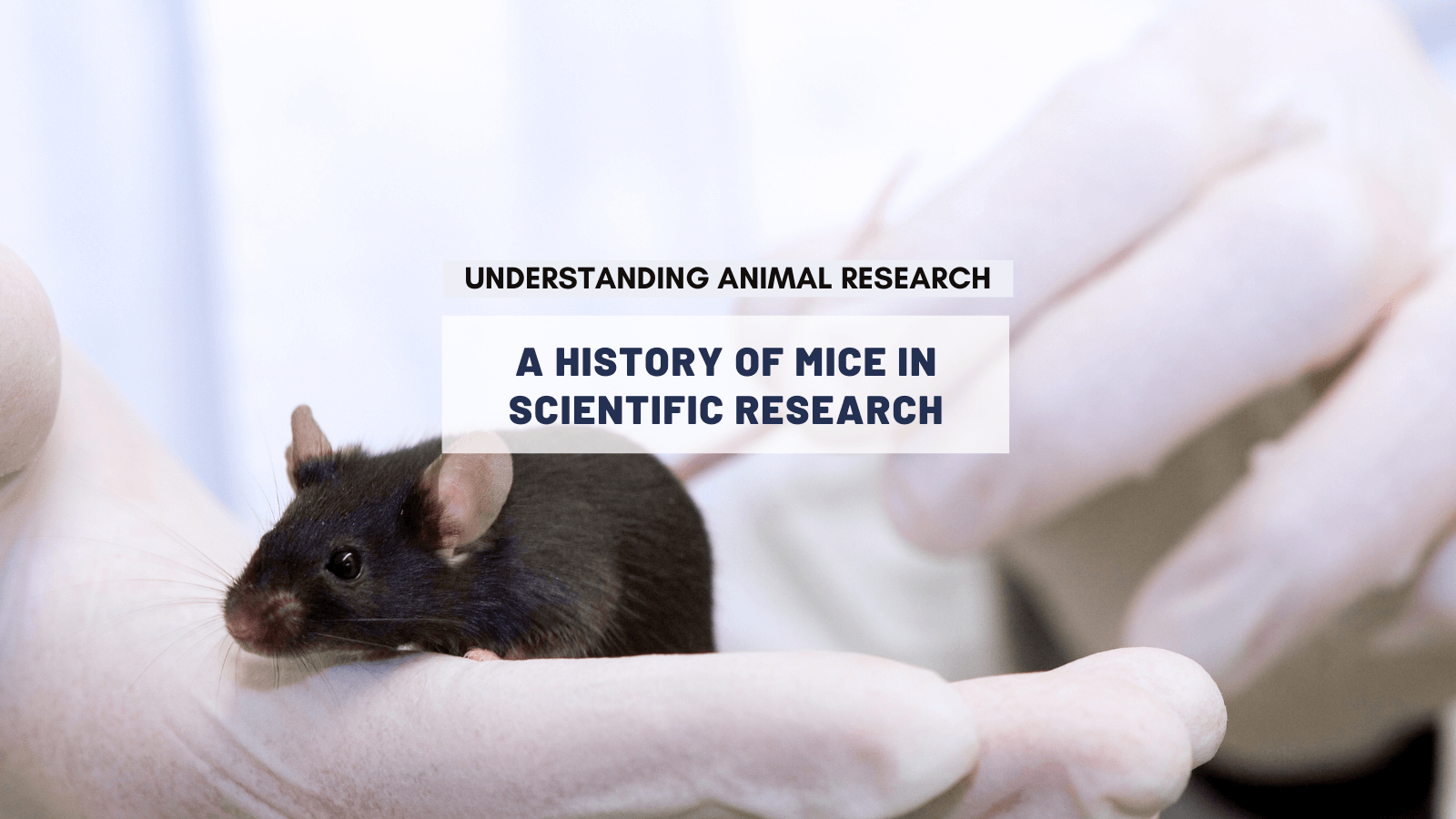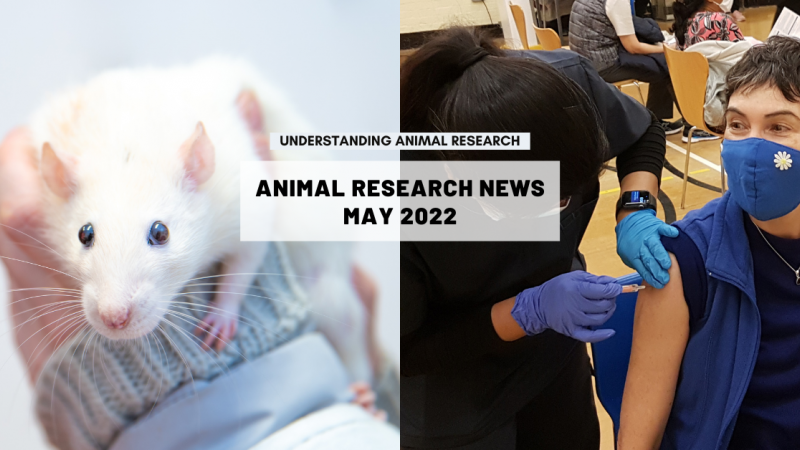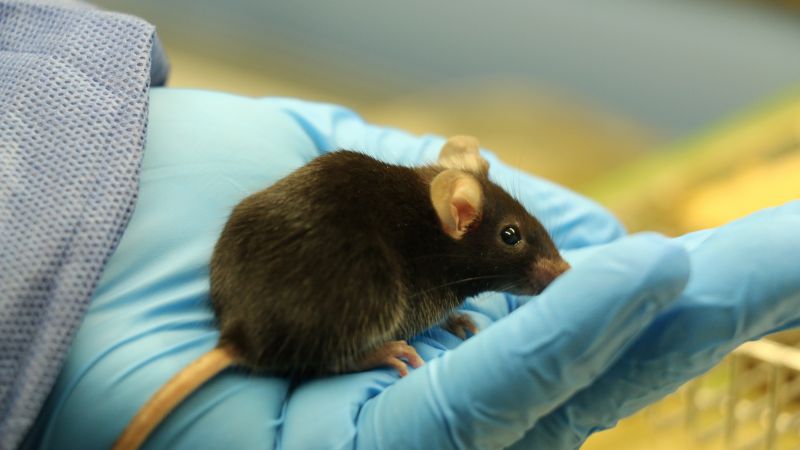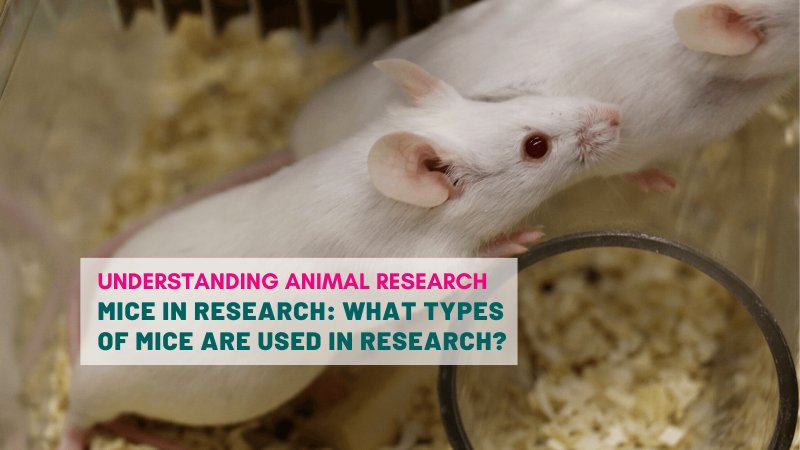Where there are people, there are mice. This pretty well summarises the millennia-old relationship between humans and rodents. Native to the Indian subcontinent, the mouse followed the migration pathways of humans, conquering every continent in the process. After being hunted as pests for thousands of years, they have now found an unexpected place by our side. Today they are one of the most well characterised animals on the planet and serve as model organisms to study diseases. We owe them numerous medical discoveries, many of which have led to Nobel prizes. Dogs might well be man’s best friend, but Mus musculus is our greatest ally.
The first animal models
The first record of animals being used as models for human anatomy and physiology dates back some 2,400 years to ancient Greece. Humans understood quite early on that by studying animals, we could learn much about ourselves. When these findings were documented they were conveyed to other countries via trade routes and animal modelling soon became a research tool of both European and Arab physicians.
However, it wasn’t until the Renaissance that animal modelling contributed to a true paradigm shift in our understanding of human physiology. The circulatory system was studied by William Harvey in many species. His comparisons of the different physiologies of eels and other fish, chicks, and pigeons, contributed to accurate and detailed description of the physiology in humans. Harvey was particularly careful in his selection of model species, in order to exploit the different properties of each animal.
The meticulous selection of the most informative model species is still very important. Scientists need to consider the biological characteristics of a species, the available palette of techniques that can be used in that species, historical data on the model, and the feasibility of the experiments in terms of science, ethics and finance. As the 1920 winner of the Nobel Prize in Physiology and Medicine, August Krogh stated in 1929: “For a large number of problems there will be some animal of choice or a few such animals on which it can be [most] conveniently studied.”
The first mouse models
Scientists often turn to mice as their first choice if they need to study a mammalian model. Mice share around 80% of our genes, they are close to us on the evolutionary tree and are physiologically similar to humans. They are small and have a short lifespan, breed rapidly and do well in captivity, and their genetic and behavioural traits have been studied for over a century now.
By the 1700s, many varieties of mice were domesticated as pets in China and Japan, and Europeans imported favourites and bred them with local mice. This breeding led to the creation of progenitors of modern laboratory mice as hybrids among M. m. domesticus, M. m. musculus and other subspecies. In Victorian England, ‘fancy’ mice were prized and traded, and a National Mouse Club was founded in 1895.
The mouse’s modern scientific career began in the early 1900s on a farm in Granby, Massachusetts. Often portrayed as an eccentric hobbyist who was oddly attracted to mice, mouse-fancier Miss Abbie Lathrop bred and sold mice there. But the retired schoolteacher
wasn’t only an avid mouse breeder, she was also a savvy business woman and a self-made scientist whose careful and methodical mouse breeding created one of the first standard organisms of science. In 1902, her mice became the first to be used in a lab for genetic research — and some are still used today.
Some of Miss Abbie Lathrop’s mice were sold to genetics researchers at the nearby Massachusetts Institute of Technology. In 1909 one scientist, Clarence Cook Little, became the surrogate father of the modern lab mouse. CC Little, went on to found the Jackson Laboratory, mated closely related mice for generation after generation, creating the first inbred strain, ideal for studying the biological effects of a genetic mutation or an environmental influence, necessary to unpick the causes of cancer for example. These identical mice are the simplest genetic canvas available to researchers studying disease or inheritance.
The rise of mouse models
Natural mutants from inbred strains that are prone to obesity, cancer or defects in their immune system soon began to emerge, fuelling a deeper understanding of disease and biology. But the real drive that led to the use of more and more mice in research was the understanding of their genetics which inspired decades of research and knowledge. In 1915, John Burdon Sanderson Haldane's work began the genetic mapping of the mouse, which slowly developed over the following 50 years.
In 1980, mouse genetics underwent something of a revolution with the advent of techniques that allowed genetic modification. These experiments culminated in the creation of the first 'knockout' mice, from which a particular gene of interest was removed in order to precisely define what the gene was doing.
The results from the Human Genome Project launched in 1990 showed striking genetic similarities between mice and humans. Overall, mice and humans share virtually the same set of genes. Almost every gene found in one species so far has been found in a closely related form in the other. Of the approximately 4,000 genes that have been studied, less than 10 are found in one species but not in the other.
Since the early 1980s, and the beginning of the modern era of genetically modified mouse models, the possibilities for creating different kinds of mouse models for human conditions have expanded exponentially each year. It’s now easier than ever to edit mouse DNA to study the effects of a known disease-causing mutation. It’s even possible to fully replace particular mouse genes with human genes.
The future of animal modelling
Studies in mice have contributed immeasurably to our understanding of human biology. The laboratory mouse has remained the quintessential research animal of choice for studying human biology, pathology and disease processes and is still one of the most valuable tools for researchers across many different areas and disciplines. The mouse is by far the most common research animal in the world.
But mouse models are not perfect. In the future, it is likely that animal modelling will move more and more towards models that mimic human conditions more precisely, using multiple animal models to ensure robustness of data and new genetic and metagenomic tools to develop and refine ‘humanised models’, such as transgenic animals expressing human genes or even entire human systems or organs.
Progress in genetic engineering will most likely broaden knowledge and use of non-mouse species in science, especially where mice have not adequately replicated the human condition. But it is highly likely that mice will continue to play a critical role in translational research and the advancement of human and animal health.
References :
https://www.nature.com/articles/news021202-10
https://www.ncbi.nlm.nih.gov/pmc/articles/PMC3979591/
https://elifesciences.org/articles/05959
https://www.genome.gov/10005832/background-on-the-history-of-the-mouse
https://www.jimmunol.org/content/199/2/383
https://www.genome.gov/10001345/importance-of-mouse-genome
Last edited: 7 July 2022 10:08




